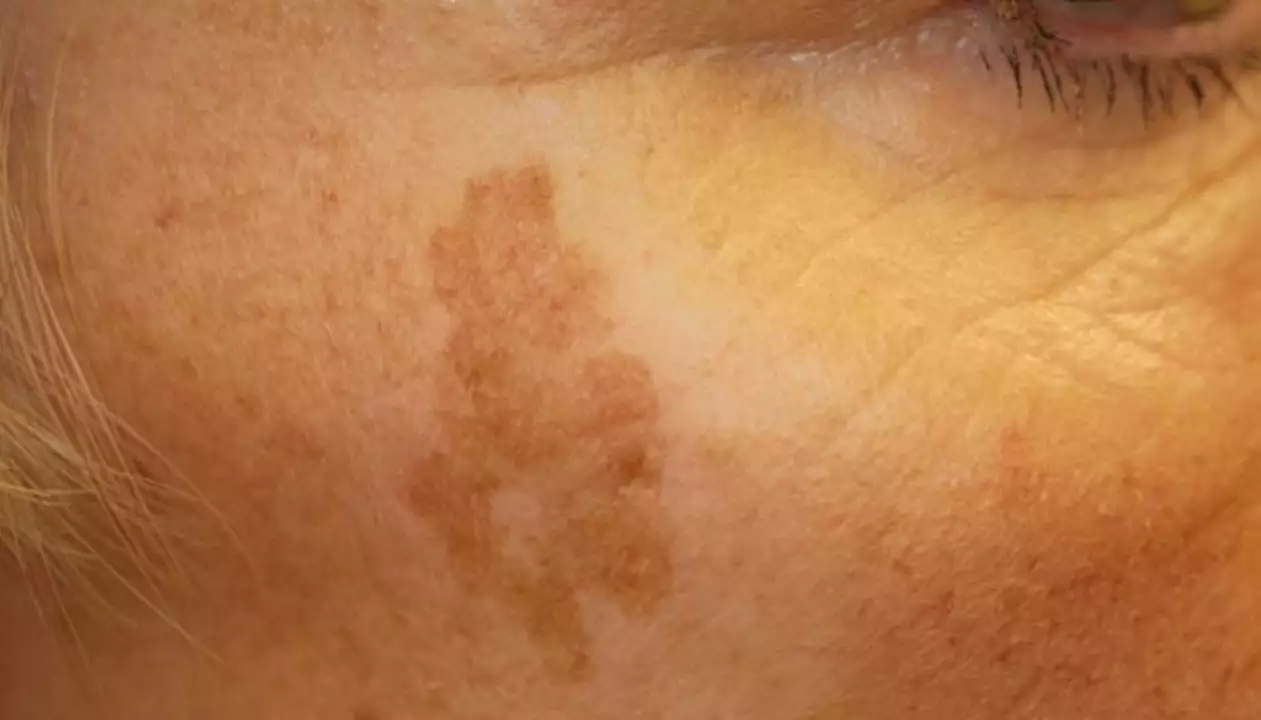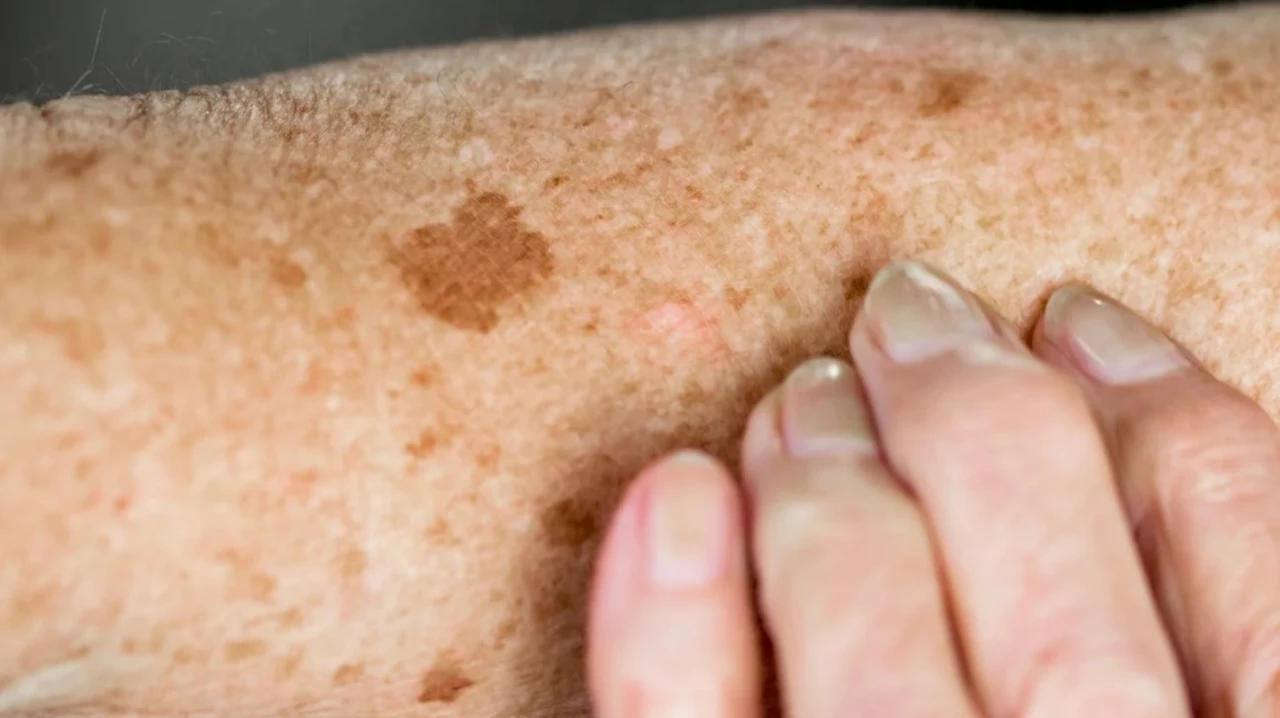Age Spots: Causes, Treatments, and How to Keep Your Skin Clear
Ever spot a dark patch on your skin that won't budge, no matter how much you scrub? Those are age spots—sometimes called liver spots or sun spots. They show up more often as we get older, but they have nothing to do with your liver. Age spots happen because your skin's spent too much time in the sun, not because of bad health or old age alone.
These spots usually pop up where the sun hits hardest: your face, hands, arms, and shoulders. They're flat, can be light or dark brown, and often look like big freckles. You can't wash them off, but you can do something about them.
So what's to blame? Ultraviolet (UV) light messes with your skin's pigment cells. When you skip sun protection, those cells go into overdrive, creating small, uneven dark patches. Anyone can get them, but people with lighter skin see them more often. Even tanning beds can trigger these stubborn marks.
Worried about health? The good news: age spots are harmless. They're not cancer or even pre-cancer, but any spot that changes shape or color deserves a quick check by a doctor—just in case it's something more serious. Most age spots stay the same year after year, just hanging around unless you treat them.
If you want to fade those spots, you've got real options. Over-the-counter creams with ingredients like hydroquinone, glycolic acid, or adapalene can make a difference. Dermatologists often recommend retinoids or even prescribe stronger fade creams if store-bought ones aren't strong enough. For stubborn patches, treatments like laser therapy and chemical peels work fast but cost more and have some recovery time.
Some folks try home remedies like lemon juice or natural oils, but don't expect miracles. These DIY fixes rarely erase spots and can irritate sensitive skin. Stick to proven products and talk to your doctor about what's worth your time and money.
Want to avoid more spots? Cover up, especially during peak sun hours. Use sunscreen daily—yes, even indoors or when it's cloudy. Hats, long sleeves, and sunglasses help, too. The earlier you start, the fewer spots you’ll see later on.
A healthy skin routine also matters. Hydrate, keep skin clean, and avoid harsh scrubs. See any spot that changes, grows, itches, or bleeds? That’s your cue to get it checked out.
Age spots don't have to be a big deal. With smart sun habits, the right products, and an eye on your changing skin, you can keep your complexion looking clear and avoid surprises. More on the best treatments and prevention hacks coming up—just keep reading.
When should I worry about age spots?
Age spots are a common sign of aging that can appear on the skin as a person gets older. While age spots are usually harmless, they can be cause for concern if they appear on a person's face or hands or if they become itchy, painful, or bleed. It is important to seek medical advice if age spots become bothersome or cause any other symptoms. Additionally, if age spots suddenly appear or change in shape or color, this could indicate a more serious skin condition and a doctor's consultation is recommended. Ultimately, if age spots are causing worry or concern, it is best to seek medical advice.
Can age spots turn into cancer?
Age spots, or solar lentigines, are dark, flat spots on the skin that can occur in people of all ages. But could they turn into cancer? While age spots are usually harmless, there is a risk that they could become skin cancer. Melanoma, the most serious form of skin cancer, has been linked to age spots in some cases. If an age spot changes shape, size, or color, this could be a sign that it has become cancerous. It is important to monitor age spots for any changes and to visit a doctor if any suspicious symptoms arise. Ultimately, age spots are usually harmless, but it is important to be aware of the potential risk of skin cancer.

